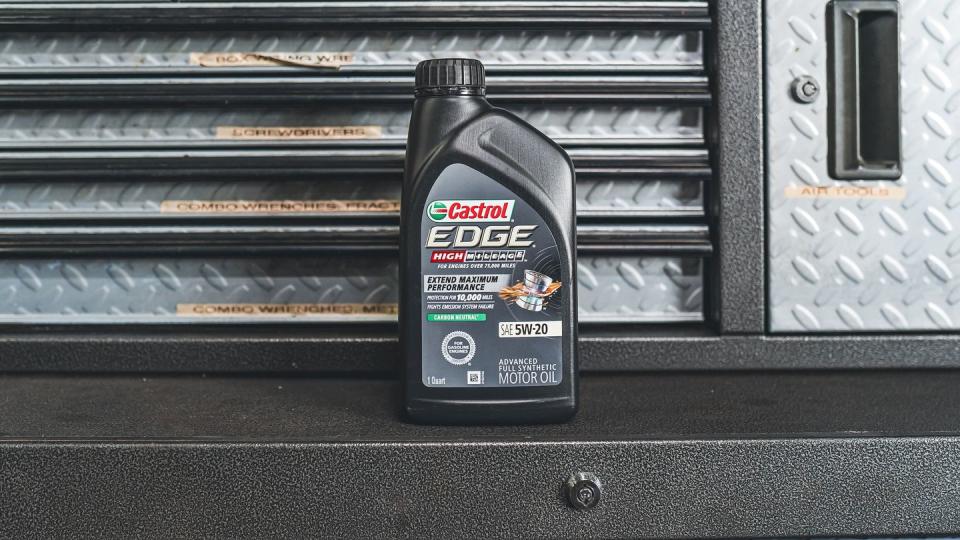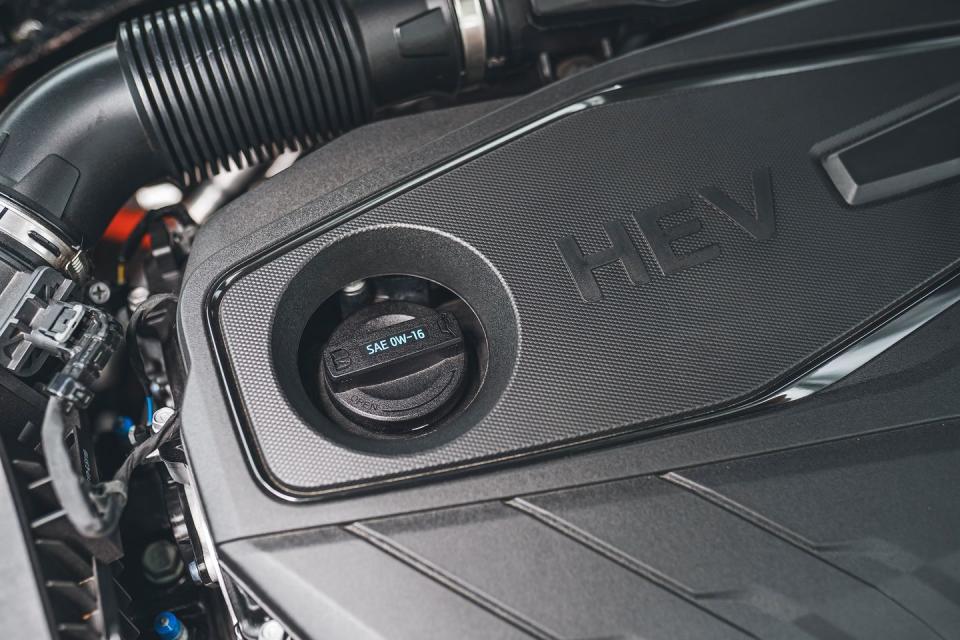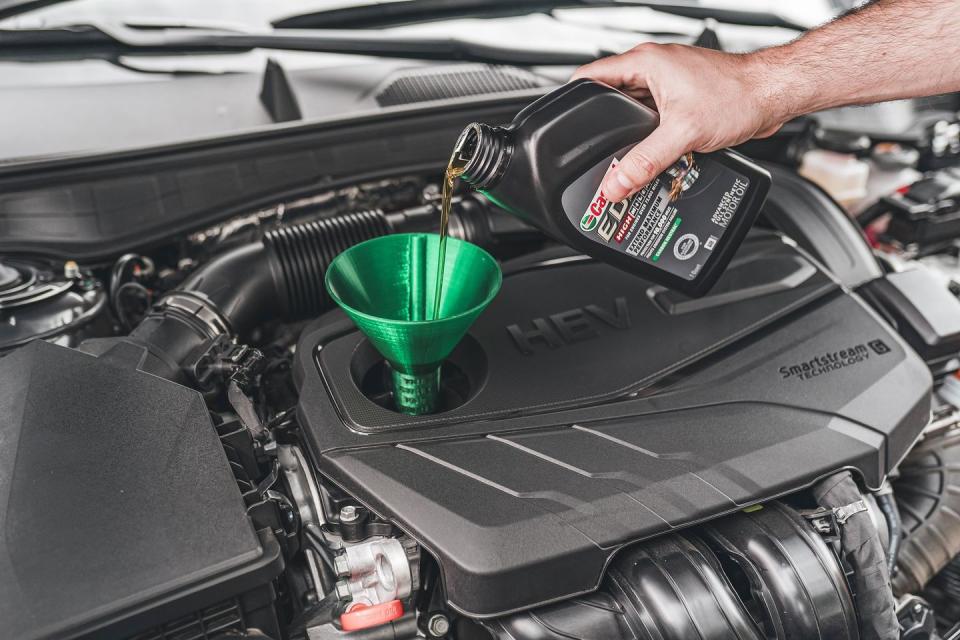Everything You Need to Know about Oil Types

Internal combustion engines (ICE) need lubrication to keep the moving metal parts inside from contacting each other directly. ICE-powered cars and trucks rely on engine oil to do just that. Just as cartilage keeps our joints and bones from scraping against one another, oil keeps the likes of an engine's pistons and sleeves from grinding into each other. Run an engine with little or no oil long enough, and it's sure to cry uncle and seize.
Simple enough, right? Well, let's not get ahead of ourselves. As anyone who's stared blankly at aisles of oils can attest, engine oil is not a one-size-fits-all thing. Besides the different brands available, there are also various oil weights, as well as oil types. So, what do these numbers mean? And what differentiates one oil type from another? Crack those knuckles, and massage some Voltaren on your scrolling fingers, because we're about to dig deep into the nuances of engine oil.
Oil Weights Explained
10W-30, 15W-40, 20W-50. We're sure you've seen these numbers before, but what do they mean? Maybe nobody knows, and big oil just puts these digits on oil bottles because it gets the people going.

Truth is, some people do know what these numbers mean, and if you're reading this piece, you're about to join these elite ranks. Those figures denote the oil's weight, also referred to as viscosity. This is a measure of how freely a liquid will flow. The higher the number, the higher the viscosity, meaning it's more resistant to flowing. Molasses has a higher viscosity than water, for instance.
Because modern cars are engineered to operate in a wide range of temperatures, their oil must be able to as well. Motor oil needs to be thin enough when cold that it can still protect the engine when you start it on an ice-cold morning, but not so thin that it's incapable of protecting the engine's internals at higher operating temperatures.
Let's use 10W-30 oil as an example. The first number (10) is the oil's viscosity rating when cold (o degrees Fahrenheit), and the second number (30) is the oil's viscosity measured at 100 degrees Celsius (or 212 degrees Fahrenheit). To put a finer point on it, it's not that this oil is actually thinner and less viscous in freezing temps than it is when hot, but that it follows the viscosity curve of a 10-weight oil when cold and behaves like a 30-weight oil when at operating temperature.
Products with a W after the first number are designed for use in winter. If there's only one number, it's a single-weight oil, but you won't see that in any automobiles from the factory. Newer engines tend to be designed for lower-viscosity oils, as it helps reduce internal friction, which in turn helps them get better fuel economy and meet strict efficiency standards.
But wait, you may be saying, how can one liquid have two different viscosities? The answer is chemistry.
Additives in the oil allow it to behave differently at disparate temperatures. These additives allow us to start our car and drive it in the dead of winter, and then drive it months later on a scorching summer day at wide-open throttle while pulling a trailer up a steep grade. All with the very same spec of oil pumping through the engine.
Synthetic versus Conventional Oil
Oil is also classified by its makeup, either conventional or synthetic. Conventional oil, or mineral oil, is made with petroleum products found in nature. Synthetics use either a mix of lab-made components and natural stuff (synthetic blends) or strictly man-made products (full synthetics). Pretty much every new car today uses a full-synthetic oil, and 0W-20 is probably the most common spec.
Give Your Car What It Asks For
We get it. As interesting as the above information is, it doesn't answer your most pertinent question, "What oil should I put in my car?" Well, we have a simple answer for you: Follow the manufacturer's recommendation.

Finding this information requires dusting off and cracking open the owner's manual, though some vehicles put this info in the engine bay, often near the oil filler cap or dipstick.
Some manufacturers recommend multiple oil types, each applicable to different duty cycles and environments. If that's the case, then opt for the recommended oil that best matches your situation. Of course, no one's forcing you to follow the manufacturer's recommendation, but we think it's the best practice.
When to Stray from the Manufacturer's Recommendation
There are exceptions to every rule, though, and following a manufacturer's oil recommendations is no different. For example, driving in extremely high or low temperatures or taking your car to the track are reasons to potentially run an oil that differs from the manufacturer's recommendations. In the above instances, you may want to run a lower or higher viscosity oil for driving in extreme cold or heat, respectively, or a heavy-weight race oil when pushing your car to its limits at a sanctioned track event.
Before making such a choice, though, make sure you feel confident about your decision and its possible ramifications, whether that's potentially voiding your vehicle's warranty or damaging its engine.
You Might Also Like

 Yahoo Autos
Yahoo Autos 